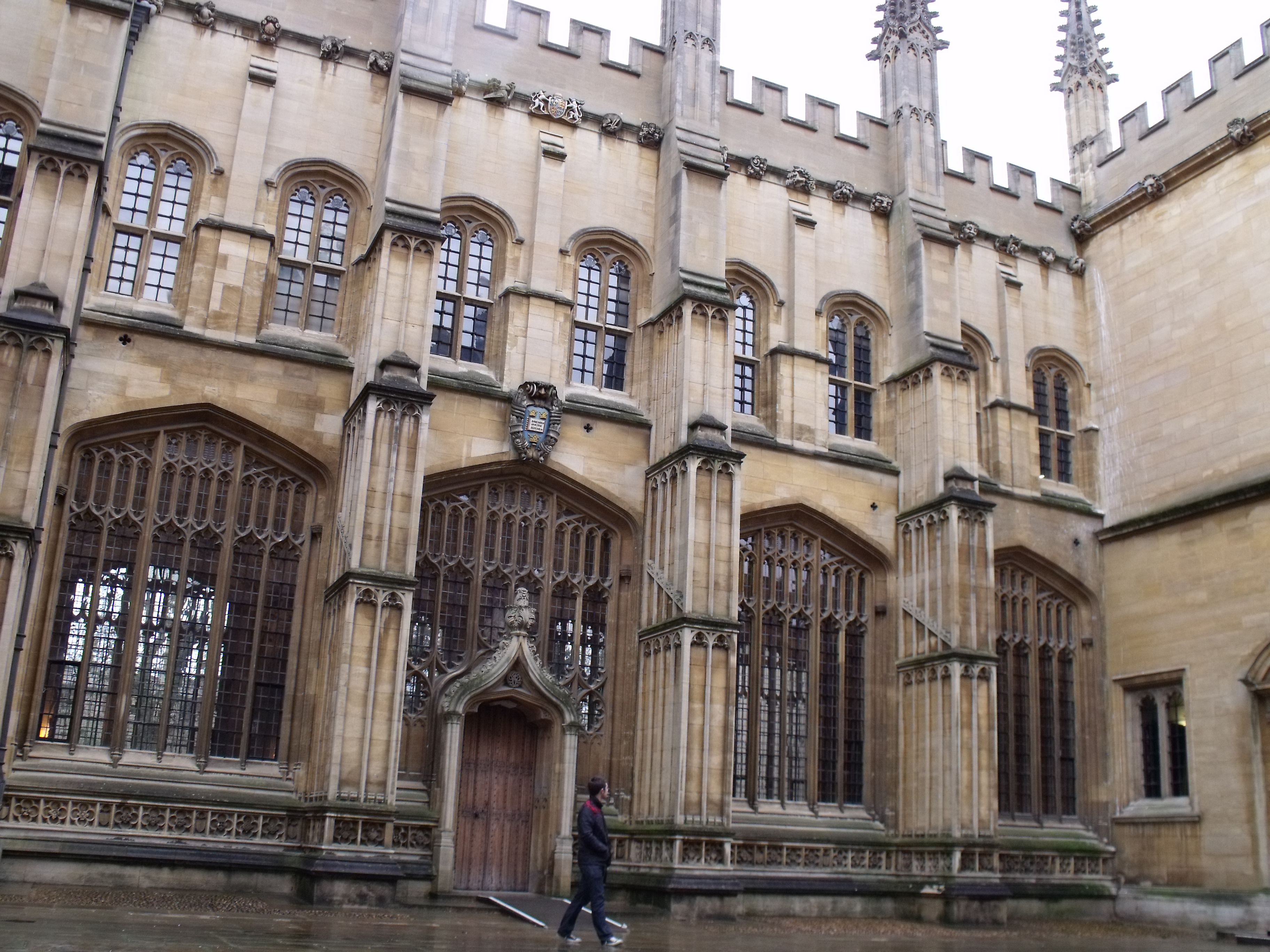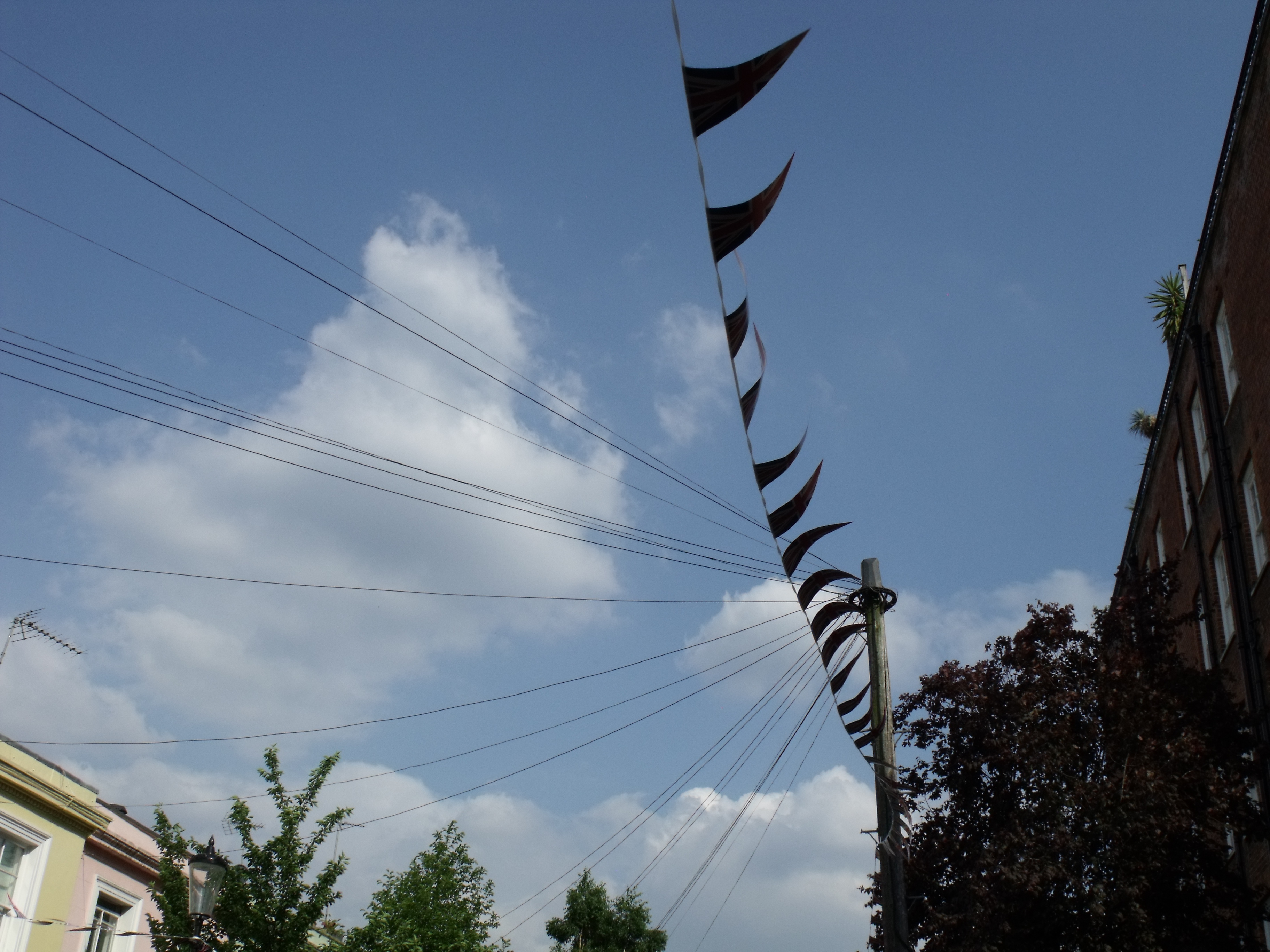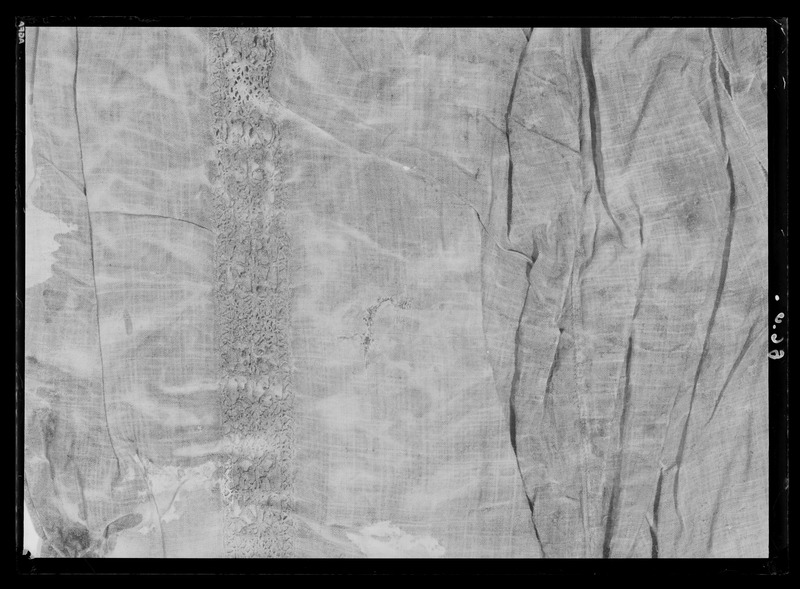
The city of Oxford may be small but the historic walls and buildings hold a wealth of history and culture within. I unfortunately just missed two interesting looking exhibitions when I visited – the ‘Made for Trade’ at the Pitt Rivers Museum and Threads of Silk and Gold at the Ashmolean. Bad planning on my part seeing as I don’t live far away and they’ve been on for ages! Nevertheless, there was enough to see at both of these museums as well as the Bodleian library.

First stop was the Ashmolean Museum, a must for anybody researching Indian block printed textiles or the Middle Age Indian Ocean trade because of its vast collection of ‘Fustat’ (sometimes spelt ‘Fostat’) textile fragments – resist-dyed and block printed textiles discovered in Fustat, old Cairo and thought to have dated between the 9th and 15th centuries and originating in Gujarat. The fragments are thought to have once been garments and home furnishings. They were donated to the Museum by P.E Newberry, and have been researched extensively, most notably by Ruth Barnes, former Textile Curator at the Ashmolean. Some of the collection is also in The Kelsey Museum in Michigan, US. The V&A Museum, the Textile Museum, Washington DC and the Islamic Museum in Cairo also have a collection of ‘Fostat’ fabrics.


The name given to this design – Riyal – refers to the circular motifs that resemble coins. Riyal is the name of the currency of Saudi Arabia and so suggests the Arabic influence upon the design of these textiles.
I have written about the similarities of the patterns and techniques in the ‘Fostat’ cloths with ajrakh – mainly the oldest examples of ajrakh that exist which are about 100 years old and ajrakh produced today – in a previous blog post.
It was the textile scholar R. Pfeister who first noticed the similarities between the motifs in the Egyptian block-printed cloths and those in Indian textile designs and architecture (Barnes, 1993). Interestingly, in the ‘Asian Crossroads’ gallery in the Ashmolean, there are some wooden doors from a merchant’s house in Jeddah, one of the main ports of the Indian Ocean trade route, dated to the 1600’s. The patterns in the wealth of Islamic architecture in Gujarat have strong similarities to Gujarati block printed textiles.


There are examples of the Ashmolean’s collection of ‘Fostat’ cloths in various parts of the museum, each section highlighting a different reason for the importance of the cloths – as evidence of the production of textiles in Gujarat, and the sophistication of both the weaving and printing methods and fastness of the dyes; as evidence of rich trading activities along the Indian Ocean route and therefore the sharing of influences as these different countries and cultures crossed paths.
Additional displays in the Textile gallery provide evidence of trade in the opposite direction – to South East Asia. A complete piece of block printed textile from Indonesia bears strikingly similar patterns to those in some of the ‘Fostat’ fragments. While, the accompanying caption in the gallery does not say specifically where in India it is from, in the publication Trade, Temple and Court, Textiles from the Tapi Collection, (Barnes, Ruth, Steven Cohen, Rosemary Crill), most of the textiles discovered in Indonesia illustrated are stated as originating in either Gujarat or the Coromandel Coast. It has been said that the reason these textiles traded to Indonesia – dating to a similar period to the Fostat cloths – are in much better condition, is that they were used as temple and ceremonial cloths and so much better cared for.
Further Reading:
Vogelsang Eastwood, Gillian. Resist dyed textiles from Quseir al-Qadim, Egypt




